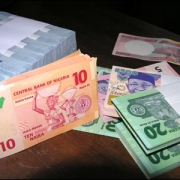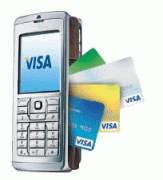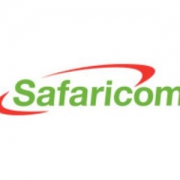Airtime based credit scoring: Can it drive innovative loan products for mobile money?

Image: MMUBlog
A customers’ pattern of airtime top ups is being used to determine the credit-worthiness of a prospective borrower and approve/deny loans. Will this technique facilitate the development of innovative micro-loans via the mobile channel? Is the data truly an adequate predictor of customers’ ability to repay? What’s the upside for the players involved?
Airtime based credit scoring in a nutshell
Most emerging markets have little to no infrastructure that adequately collects customers’ credit history: Credit bureaus either don’t exist, or exist on a limited number of individuals and with very thin financial data. For individuals without credit history, the result is stringent borrowing terms such as high collateral coverage, months of demonstrated savings, and/or individual or group guarantors.
The idea behind airtime based credit scoring is to use an individual’s history of airtime top up as a proxy indicator of what amount they can afford to borrow and their credit-worthiness. The precise calculations and algorithms employed to do this is the “secret sauce” of Experian MicroAnalytics and Cignifi, two companies working in this space.
What does it take for this to work and what is the upside for those involved?
Models for Collaboration & Benefits
- MNOsare the owners of the customer data, so for starters, they have to allow analytics firms access to build the predictive models. (It is of course possible that in some countries, airtime top up aggregators have enough customer data for this business, or that an MNO chooses to build their own predictive models, but both of these seem less likely.) The MNOs presumably would only do so if they believed they could gain the following:
- Increased customer loyalty – Depending on the exact terms of the loan, credit is typically a fairly attractive product offering and one with the potential to keep customers loyal.
- Drive mobile money usage –Disbursing loans and collecting weekly loan repayments, can drive increased usage of mobile money platforms, leading to increased revenue.
- Topline revenues – MNO data is typically used for internal analytics, but monetising the data for credit scoring produces topline revenue by leveraging an existing asset.
- Financial institutions – The risk of the credit will always need to be underwritten by a financial institution i.e. bank or credit card company. While there is certainly effort and risk involved to getting the model right, they have three things to gain if it works: 1) ability to reach a customer segment not previously accessible 2) improved ability to target the right product at the target customer i.e. loan size appropriate to the clients ability to repay and 3) revenues from loans
- Data analytics company / credit agencies – The models take time to develop before they are truly good predictors of credit worthiness, but if these firms get it right, they earn money on the valuable models they have built and hold a key position sitting between MNOs and financial institutions, who otherwise may not want to share data.
- Customer – It is the customer and the customer alone who applies for a loan and gives the ok for a company to use their airtime patterns in the approval process. The client benefits from access to “instant decision” low value loans, which can be used to smooth monthly cash flows.
What do you think? Will MNOs use this technique to develop and offer innovative mobile money micro-loans? Will stakeholders work together to offer this service? Is there demand from the unbanked?
Check back next week for guest posts from Experian MicroAnalytics and Cignifi on their work to date in this area.









































